Key Steps To Success
Agile Flyer
|
Reminder: Few seats remaining in Certified Large Scale Scrum NYC | (December 19-21)
|
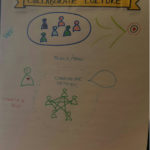 |
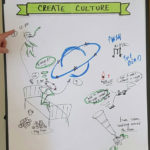 |
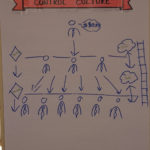 |
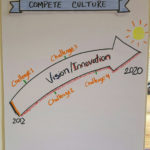 |
Exercise: “In or Out” Canvas
In the next session, the class was presented with the four “poles” of Agile Culture Compass (four different culture types) and a variety of attributes that were ad-hoc mapped to the cultures. Attributes used were: values, principles, norms, companies’ names, organizational goals/vision, etc. The class was tasked with properly re-mapping the attributes to the most suitable cultures: some attributes remained “In'”, some had to be moved “Out”.
What is shown below is the final state: after all available attributes were properly mapped to the respective culture (click on the thumbnails below to enlarge).
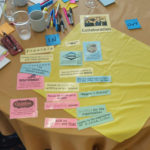 |
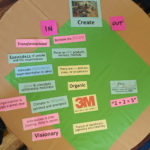 |
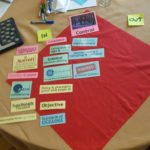 |
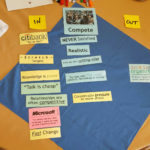 |
Types of Leadership
In this discussion the group took a deep dive into leadership types. The following three types of leaders were identified:
-
Expert Leader – a person who gets things “done” by actually doing work.
Such leader thinks of himself as a “jack of all trades”, a hero, a super-performer, commander-controller, who wants to be a primary channel of information flow, in all directions.
Such person wants to control all communications in 1-on-1 relationships, with his personal presence. - Achiever Leader –a person who gets things “done” by delegating work to others, while retaining tight control of everything that takes place.
Such leader, while he micro-manages others, is very competitive and strives to outperform his peers but he knows how to do so by manipulating his subordinates, to do work for him, “his way”.
A leader like this, usually has a good grasp of organizational strategy and is focused on others, pushing them to upper limits their performance.
His main message to subordinates is “are you with me or not?”. -
Catalyst Leader – a person who gets things “done” by empowering others and stepping back.
Such leader prefers de-centralized decision making matrix over centralized control, and creates an environment of safety and trust.
In his vocabulary, the word “we” supersedes the word “I”. He acts as a coach-enabler and views other people as valuable assets, not as mechanical executioners.
A leader like this has a great vision and is focused on high-level goals.
(click on the thumbnails below to enlarge):
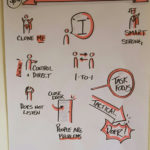 |
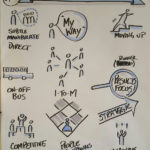 |
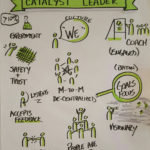 |
Discovering more System Variables
In this exercise, the group explored additional factors (system variables) that influence organizational agility.
This was done in the form of graphics (click on the thumbnails below to enlarge):
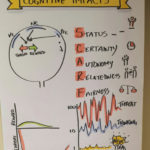 |
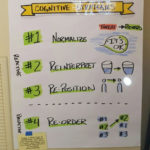 |
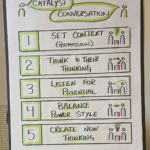 |
Reconstructing It back:
This was one of the key-“aha” moments in the workshop. After identifying and thoroughly discussing the three types of leadership (Expert, Achiever and Catalyst) the following important discovery was made:
- Both, Experts and Achievers mostly operate under conditions of Duality: black OR white/right OR wrong
- Catalysts, for the most part, operate under conditions of Multiplicity:
shades of gray, options, while using (AND) clause, instead of OR.
Exercise: More System Variables
In this exercise, more factors (system variables) were discovered and related to organizational agility:
- Economics
- Complexity vs. Uncertainty
- Management Trends
Organizational Challenges: Statistics
In this session, every manager and organizational coach was asked to share some of the most common organizational challenges with agile adoption that they
have experienced at work or while serving their clients.
Then, the group reviewed and further discussed industry research statistics on organizational challenges (below):
Exercise: What Leaders Need to Understand
In this exercise the class was divided in a few groups, with each group working on graphic representation of the following three areas,
where organizational leadership must have expertise, in order to succeed with agile:
- Organizational Structure
- Organizational Policies
- Organizational Metrics
Then, the class discussed why so many organizational attempts to become more agile fail.
Success rates of agile efforts coming from inside vs. outside were discussed (click on the thumbnails below to enlarge):
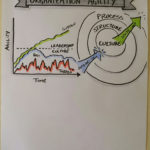 |
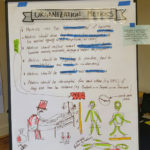 |
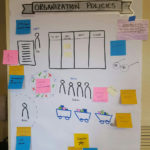 |
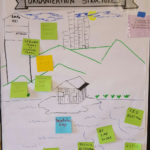 |
Change vs. Transition & What’s In-Between?
The group made a very interesting distinction between two frequently overloaded terms: Change vs. Transition.
- Change = EVENT – was defined as a more abrupt, binary process that could be metaphorically described as“Lets Go”, coming from very strong and passionate leaders
- Transition = JOURNEY was defined as a more gradual process, where things happen much slower
The group also identified a number of reasons why organizational changes often fail and how improving values of organizational leaders could bring more sustainable changes.
What Should Leaders Focus On?
The class discussed the most important areas of focus for organizational leaders who want to implement agile changes and for organizational coaches who want
to be successful in assisting their clients in agile transformation journeys.
Two main focus areas were identified:
Exercise: Causal Loop Diagram (CLD) to explore System Dynamics
Causal Loop Diagrams (CLD) the graphic visualization tool that is widely used in Large Scaled Scrum (LeSS) to illustrate system dynamics, was used in this practical exercise (facilitated by me) to discuss the relationship between high levels of employee engagement and its downstream benefits to an organization. The use of this light visualization “tool” sparked a lot of interest in class and was used in the following exercise to discover organizational impediments, bottlenecks & friction (see below).
Exercise: Organizational Impediments, Bottlenecks & Friction
This practical session, lead by David Barnholdt, revealed a number of already known system variables, whose relationship and cross-dependencies, however, were not immediately clear.
By using CLDs, many of such relationships were discovered.
Also, in the course of the discussion, people came to agree that bottlenecks (“soft” obstacles) and impediments (“hard” obstacles) are best not to be split as separate groups, as they,
effectively, mean the same thing.
A more effective way of distinguishing between “soft” and “hard” obstacles, could be – by ranking them (click on the thumbnails below to enlarge):
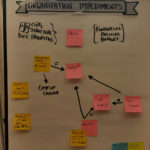 |
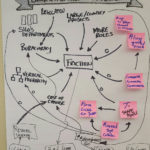 |
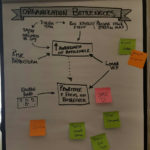 |
Agile Leadership Benefits
By the end of the workshop, the class came up with the list of benefits of agile leadership style.
They were also graphically illustrated by using a flavor of CLD approach:
Workshop Feedback (Incremental)
Throughout the workshop, feedback was provided incrementally, and the format used closely resembled a sprint retrospective.
Questions, suggestions and comments were addressed continuously, in the order of arrival.
Summary
This training workshop was a great mind-shaping exercise for everyone who attended.
The sequence and style of content delivery tremendously helped with information absorption and its retention.
Small group break-outs and role-playing helped experimenting with new coaching and facilitation techniques.
For everyone in the room, it was a great opportunity to share every-day challenges and “domestic problems” but in a very safe and uninhibited way.
For me personally, as an organizational coach, this course helped tremendously to systematize my existing knowledge as well as grasp additional concepts that I will be putting to use in a near future.
This course is strongly recommended for managers, senior organizational leaders and organizational coaches that want to learn system dynamics and better understand implications of
organizational design and culture on overall system agility.
…Some information on LeSS…
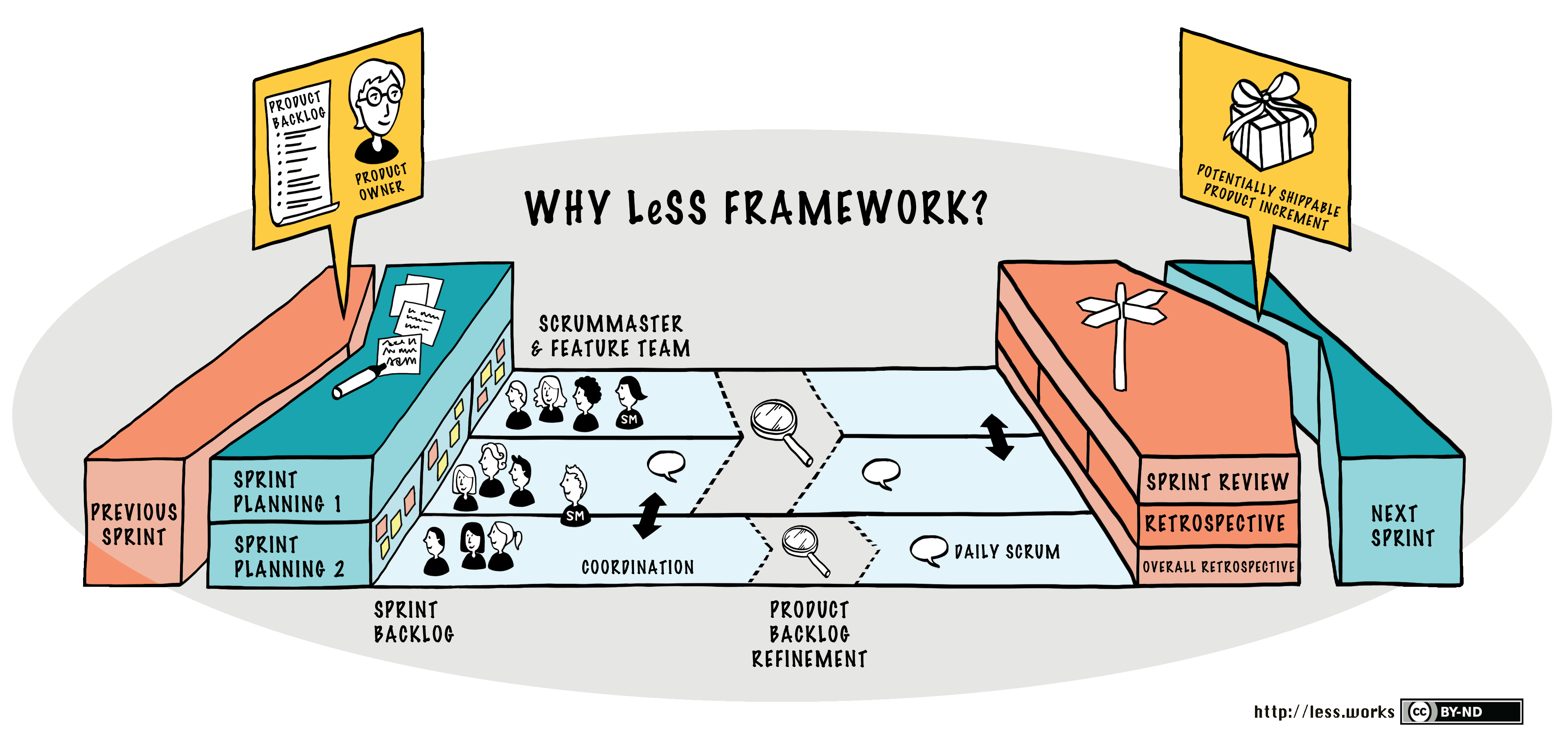
If yo would lile to read more about the agenda of this course and register,
please follow this link.
You may use the following discount code: hrte416 get a cheaper price.
More upcoming Agile Events in NYC:
- 12/19-21: Certified LeSS Practitioner | NYC
- 01/19-20: Scrum @ Scale | NYC
- 01/23-24: Business Agility 2017 | NYC
- 05/1: Big Apple Scrum Day 2017 | NYC
Fresh Collection of Ad-hoc Agile References:
I continuously collect articles and publications that come from everywhere: colleagues coaches and trainers, clients, accidental encounters. I keep a comprehensive list of resources here, categorized by themes.
- 10 Convincing Reasons to Consider Servant Leadership, According to Research, by Marcel Schwantes
- LeSS: Renting vs. Owning, by Rowan Bunning (from Owning vs Renting – #LeSS16 keynote from Craig Larman. People need to own their own process)
- Stop being ignorant! Agile is not synonymous of crappy quality., by Luis Goncavles
- Google’s Insane Approach to Management Could Transform Your Company, by Marcel Schwantes
- The Nexus Integration Team, by Rob Maher and Patricia Kong

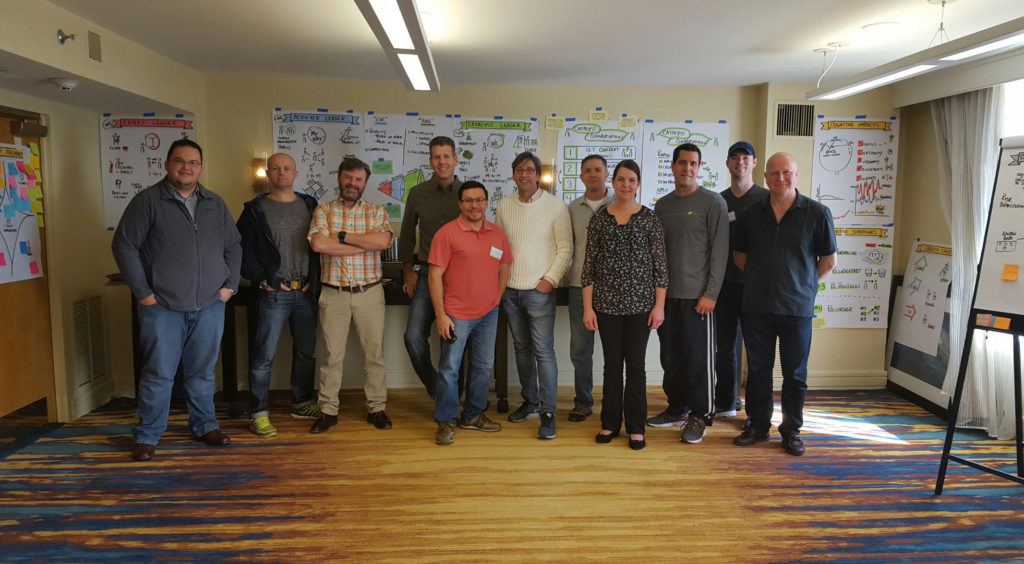
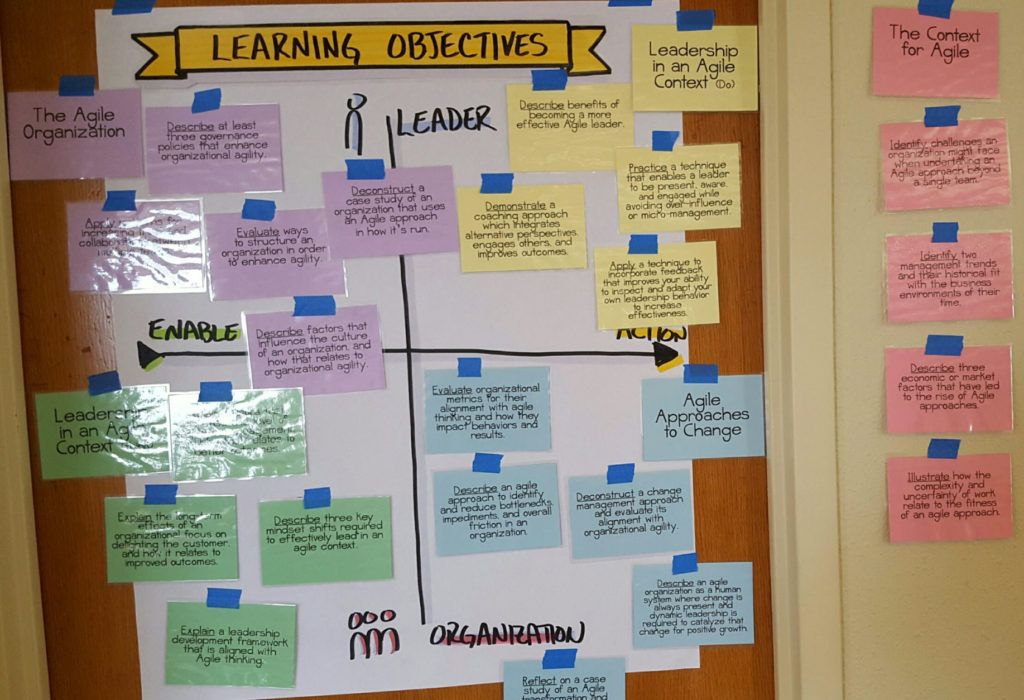
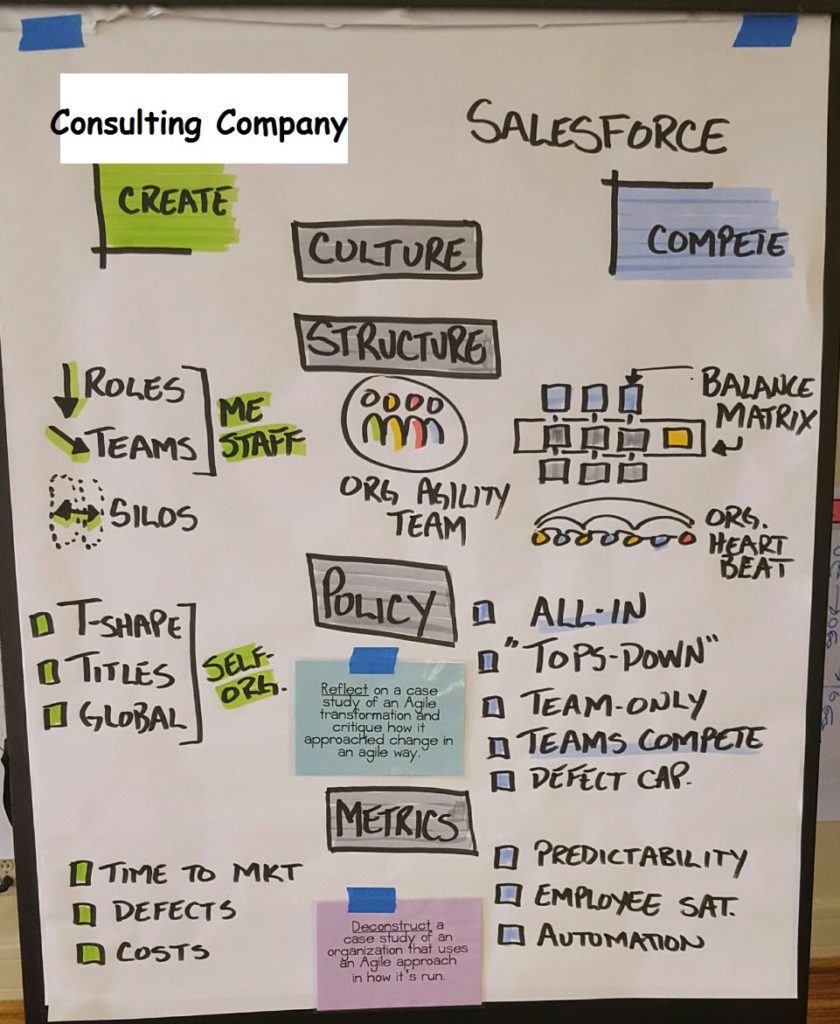
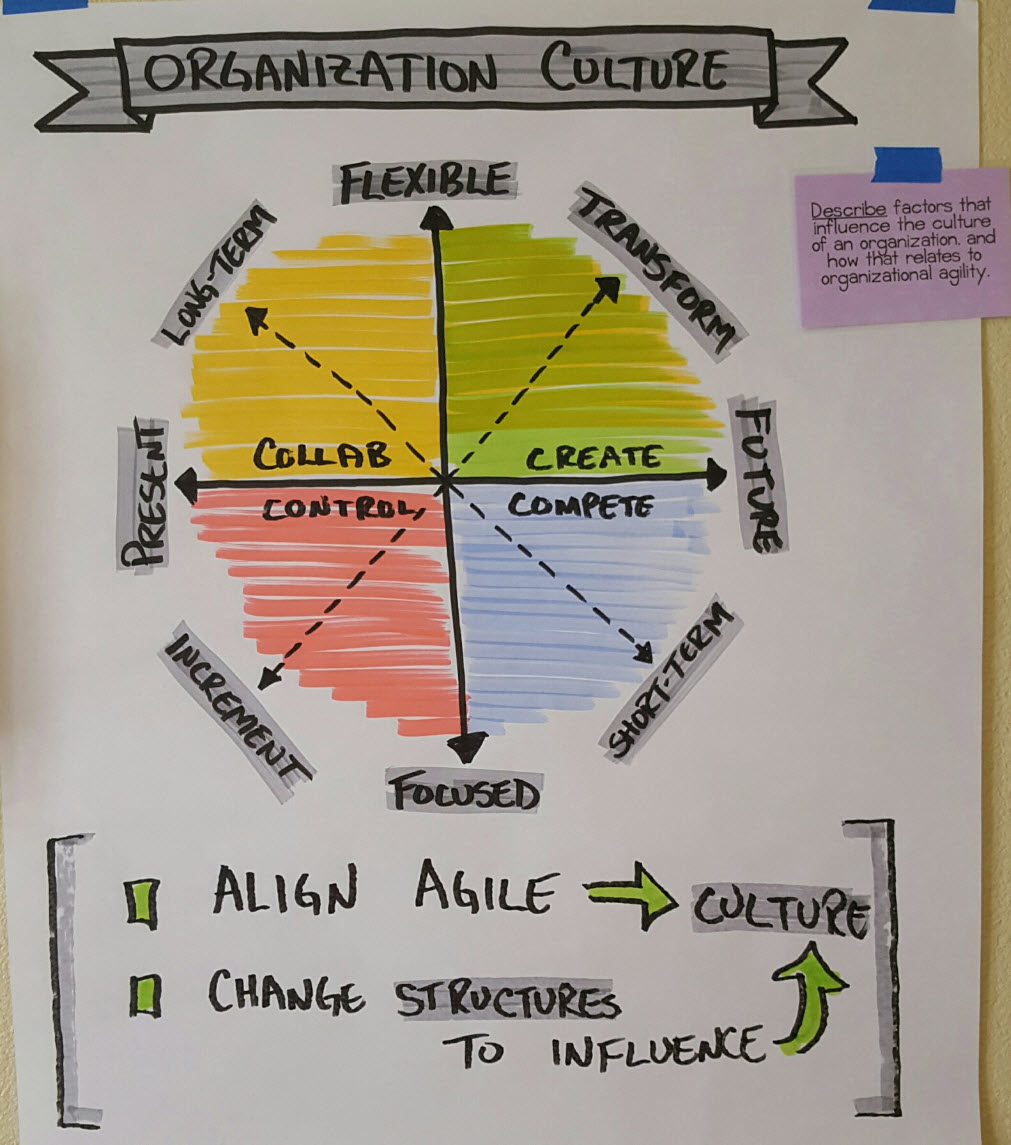
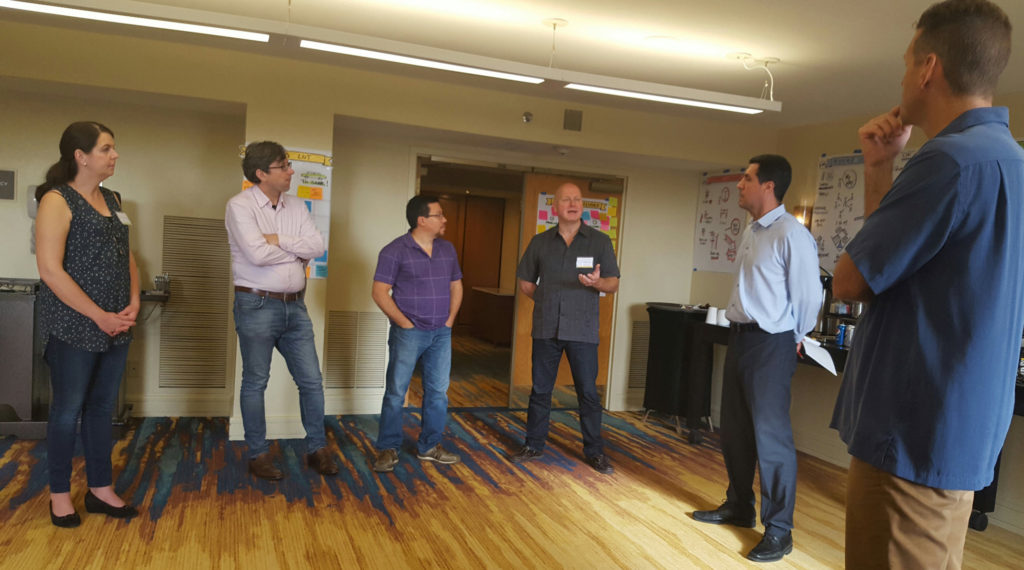
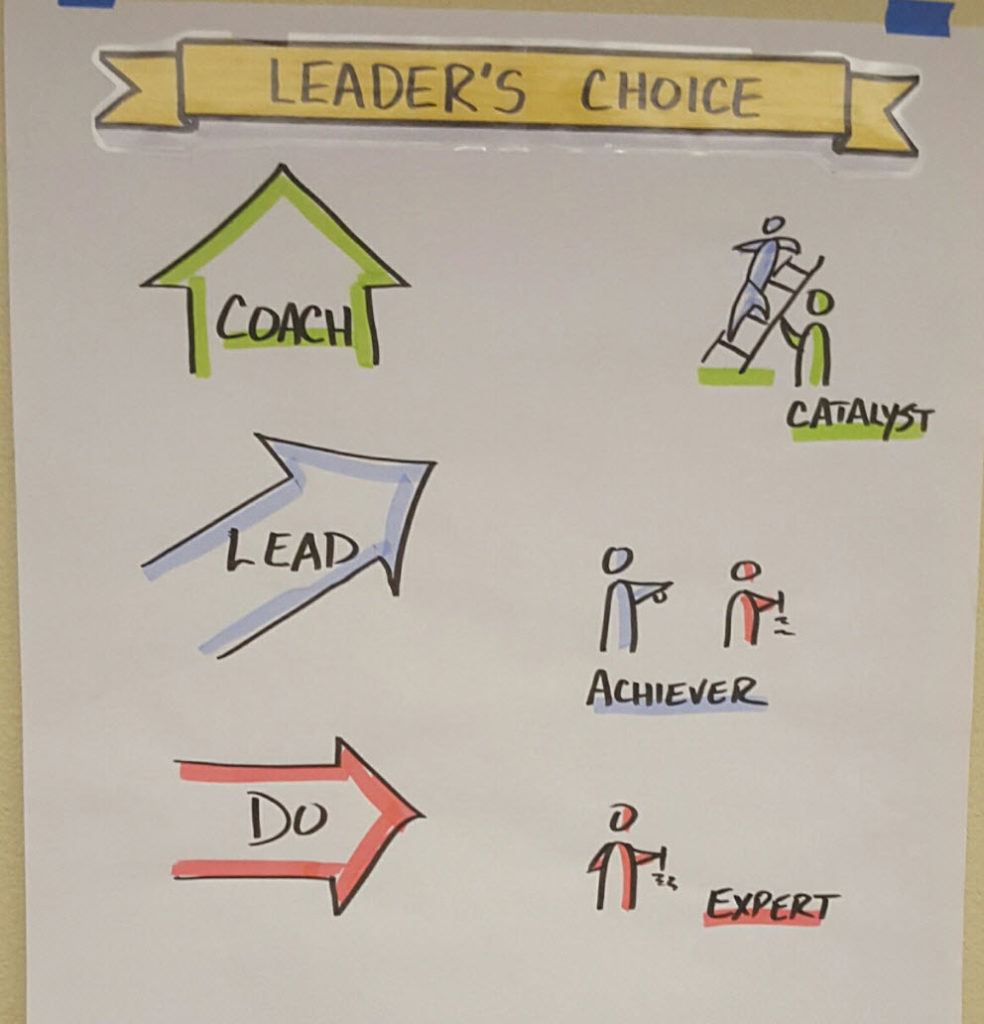
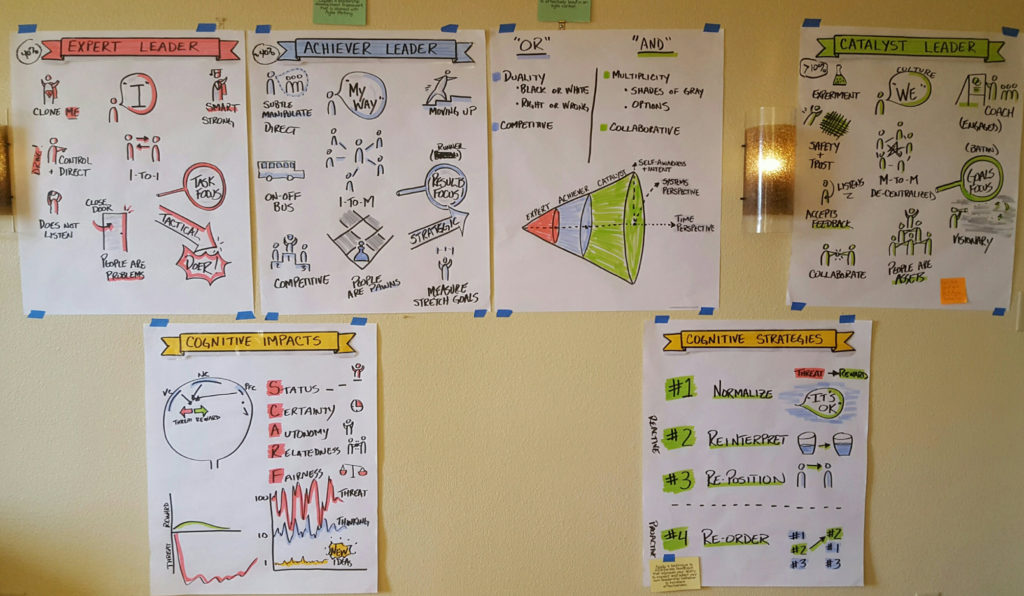
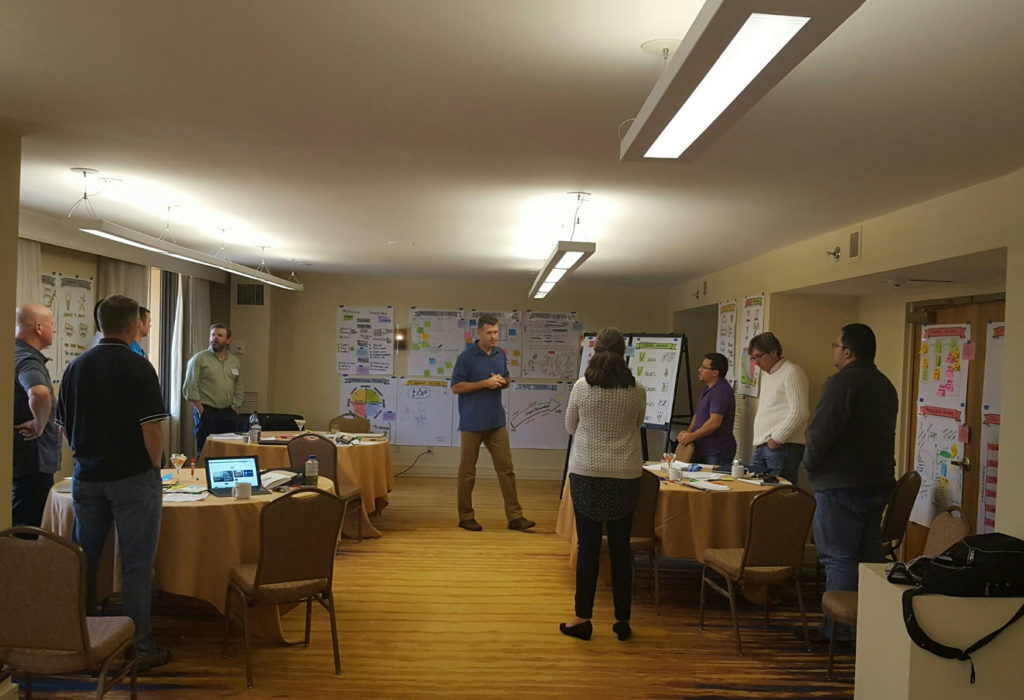
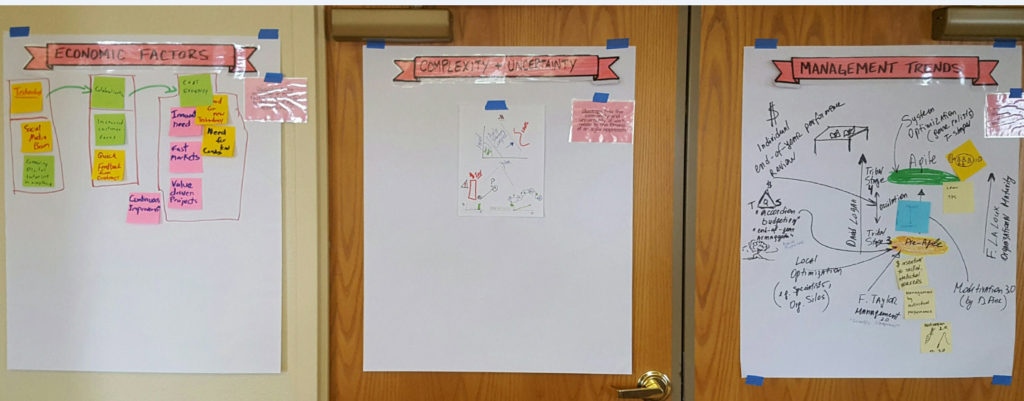
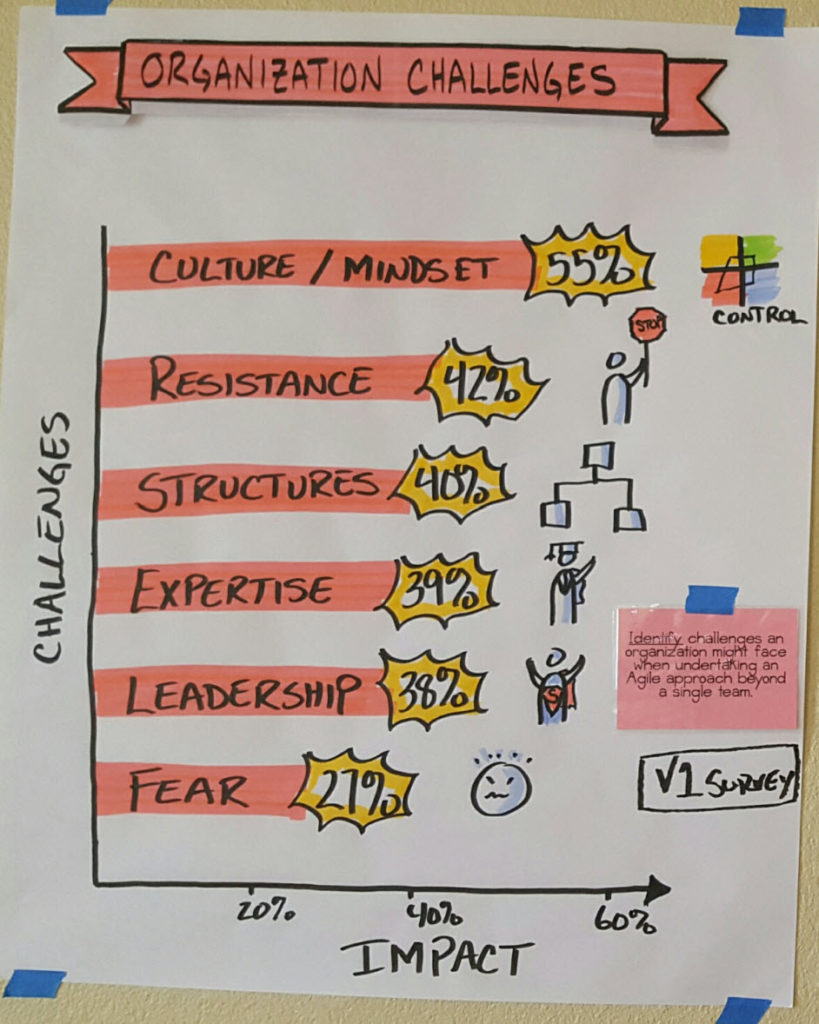
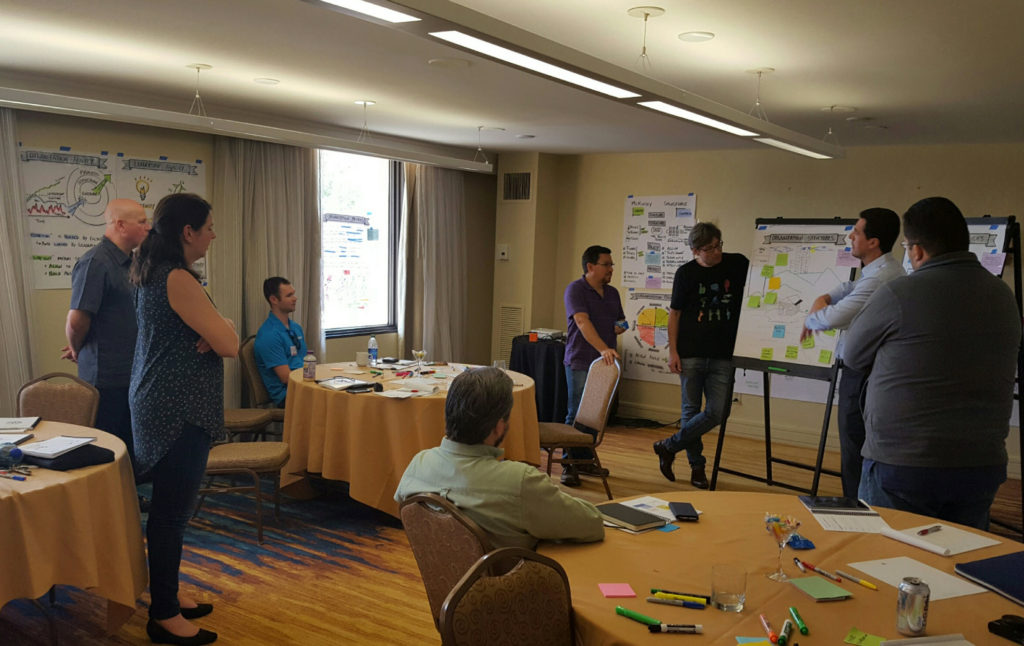
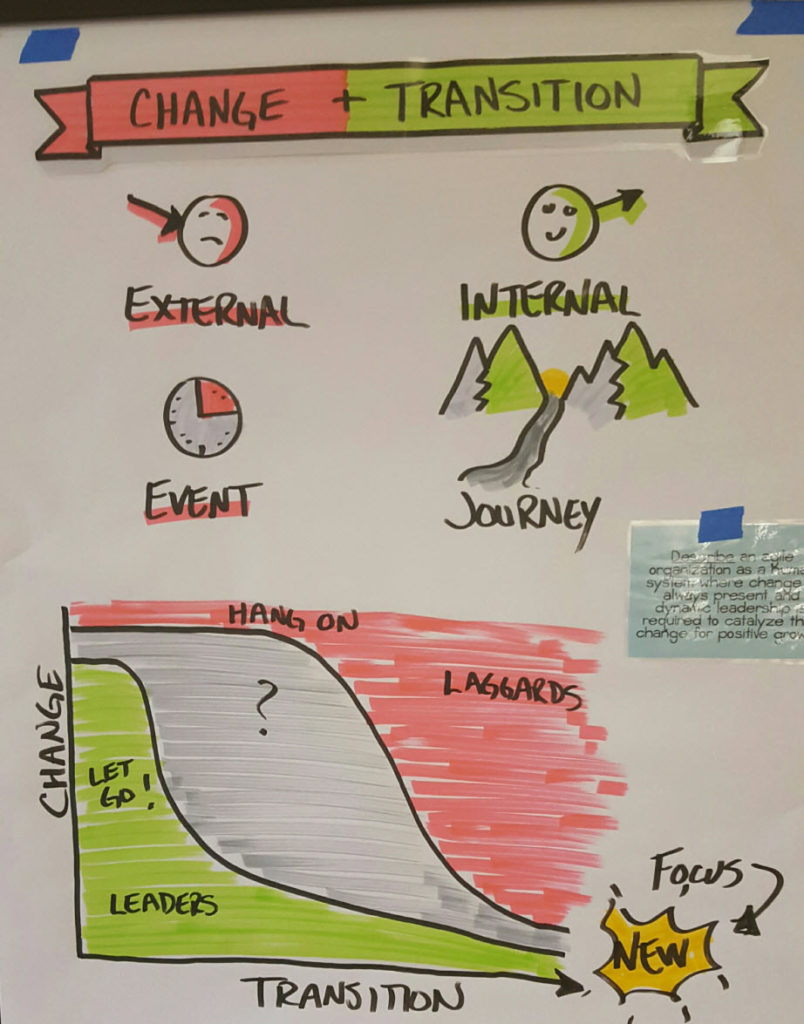
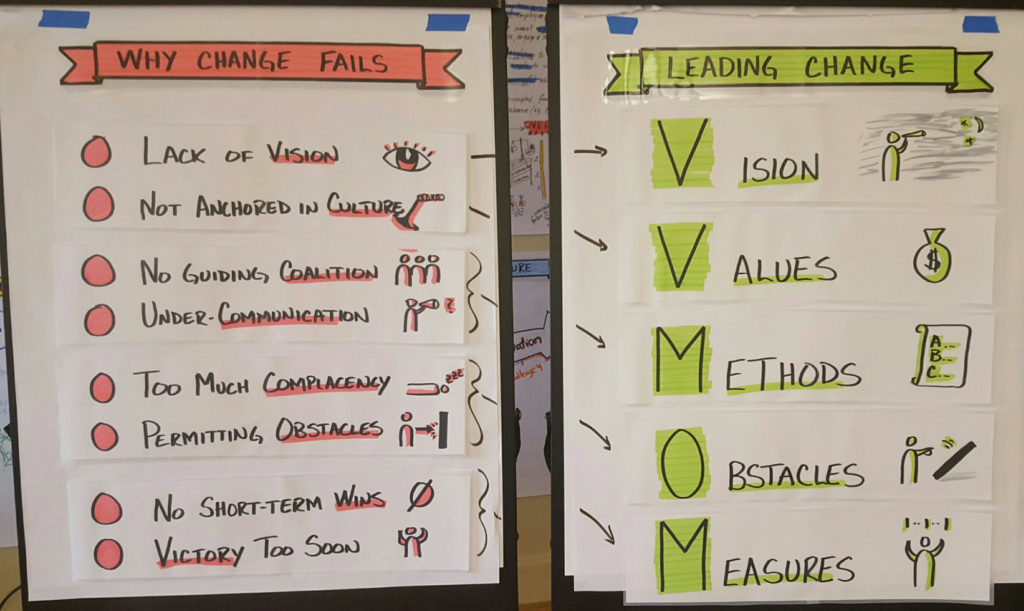
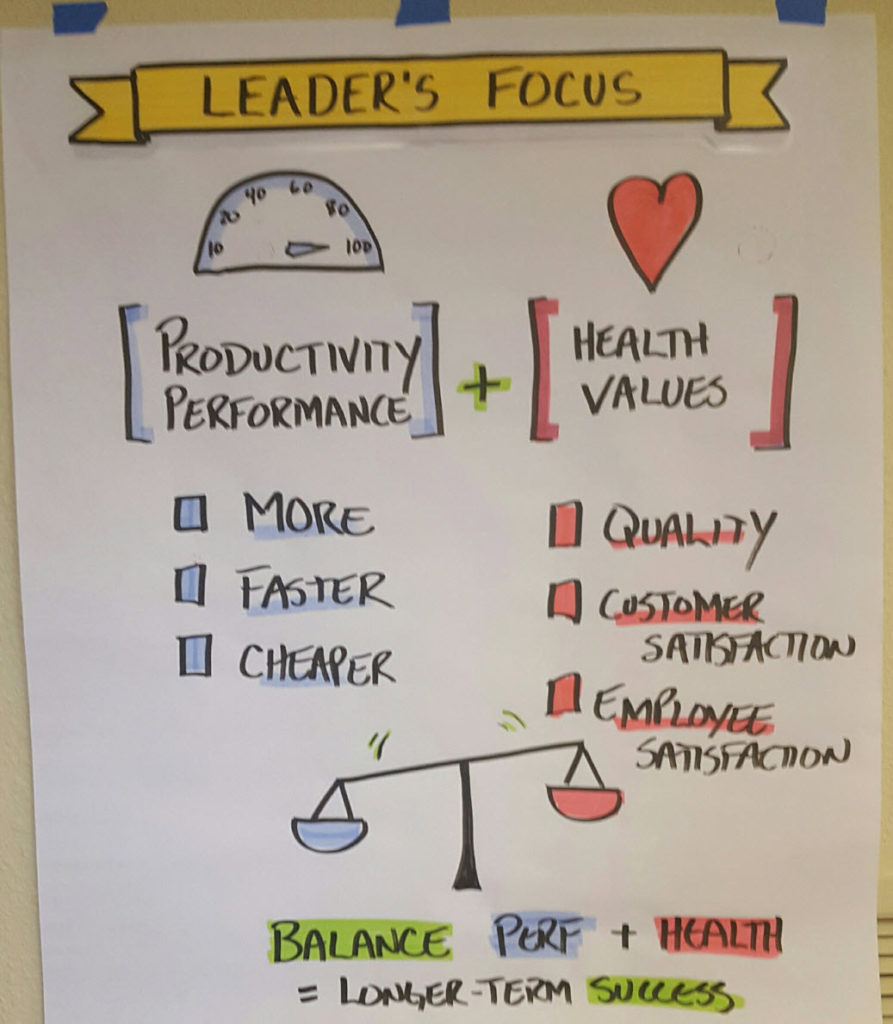
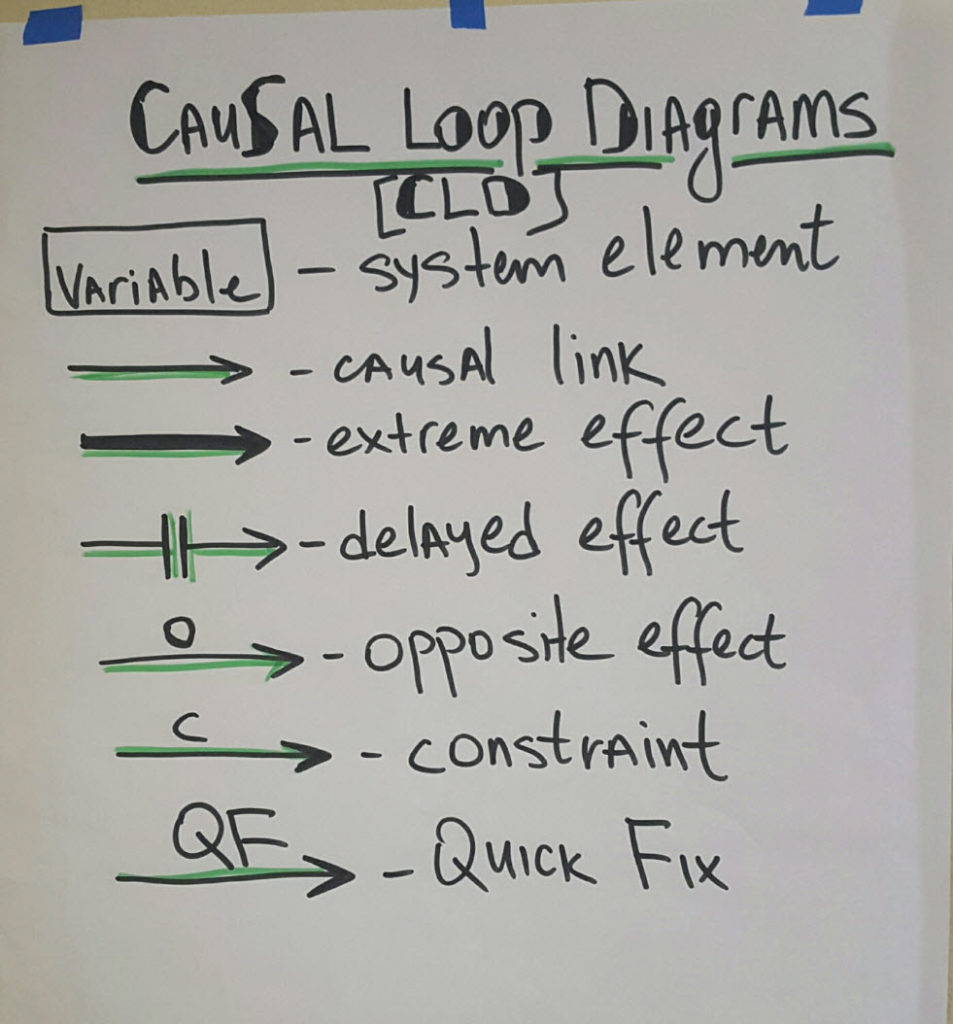
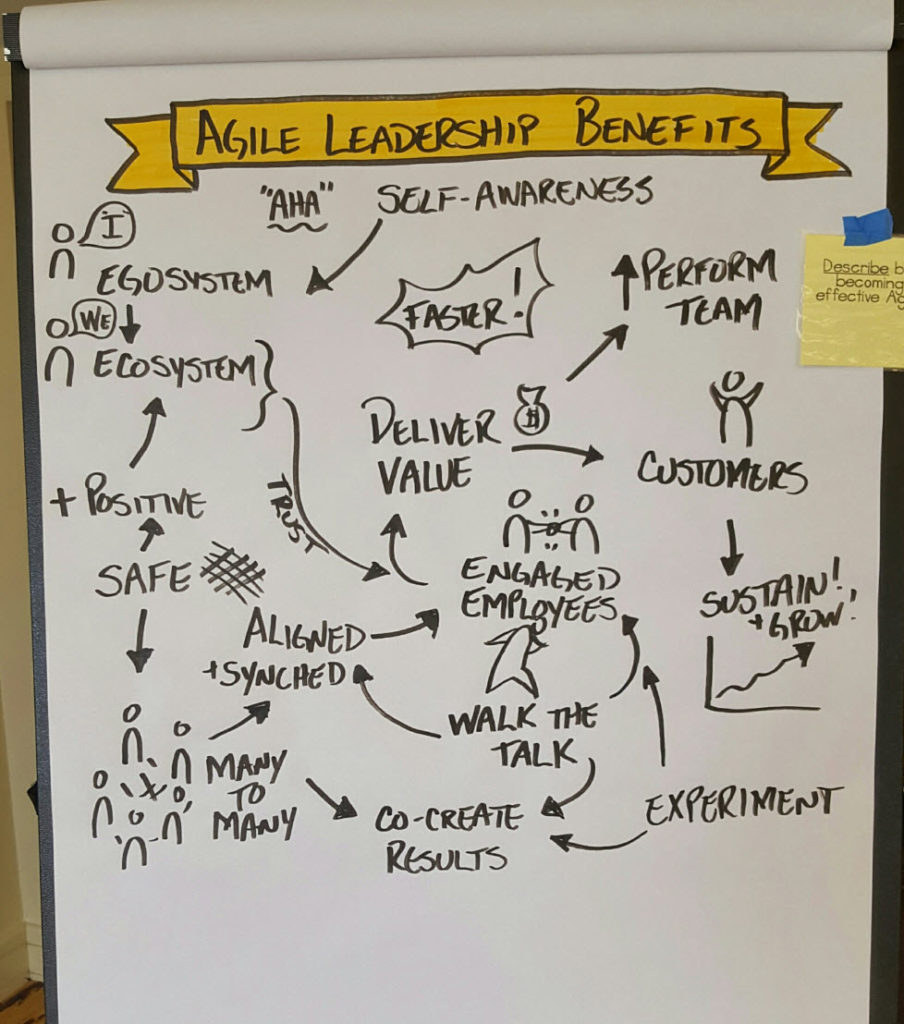
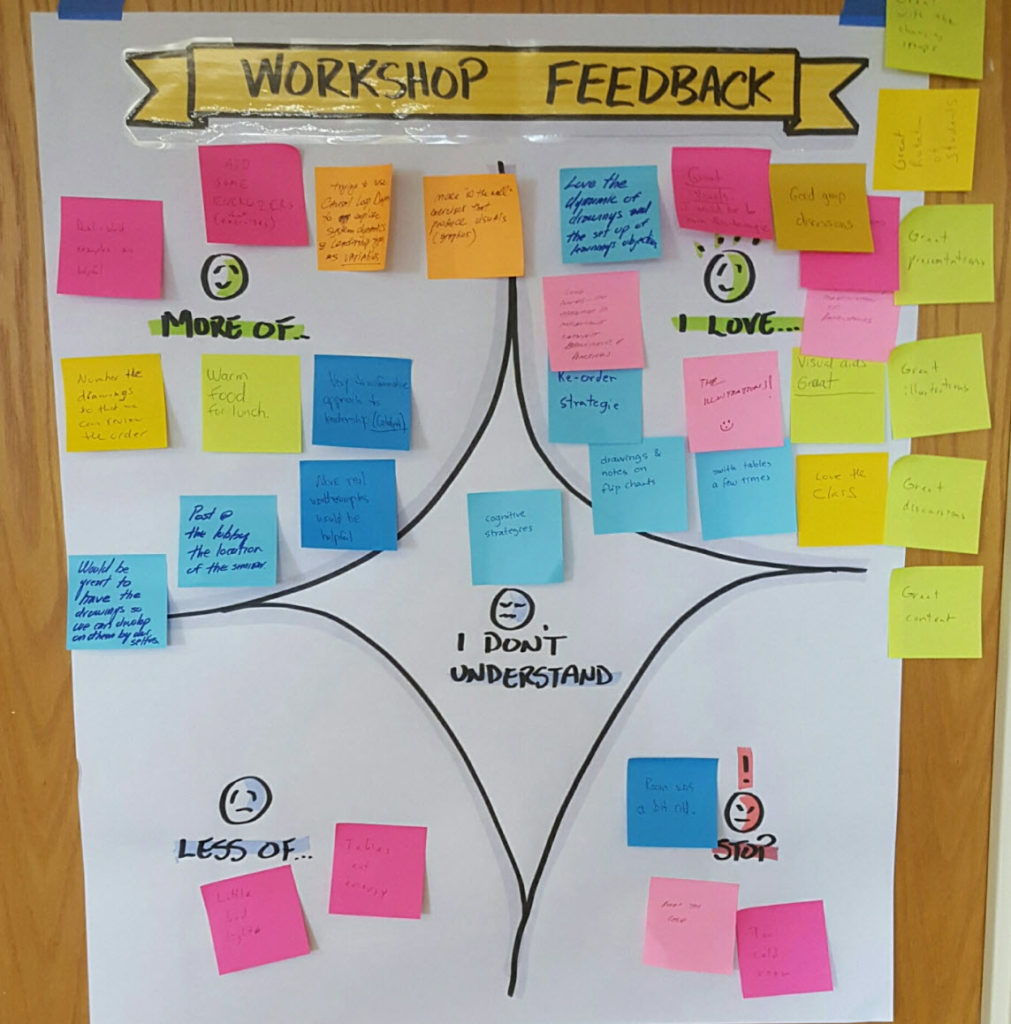
Very interesting post. Keep it up Gene.